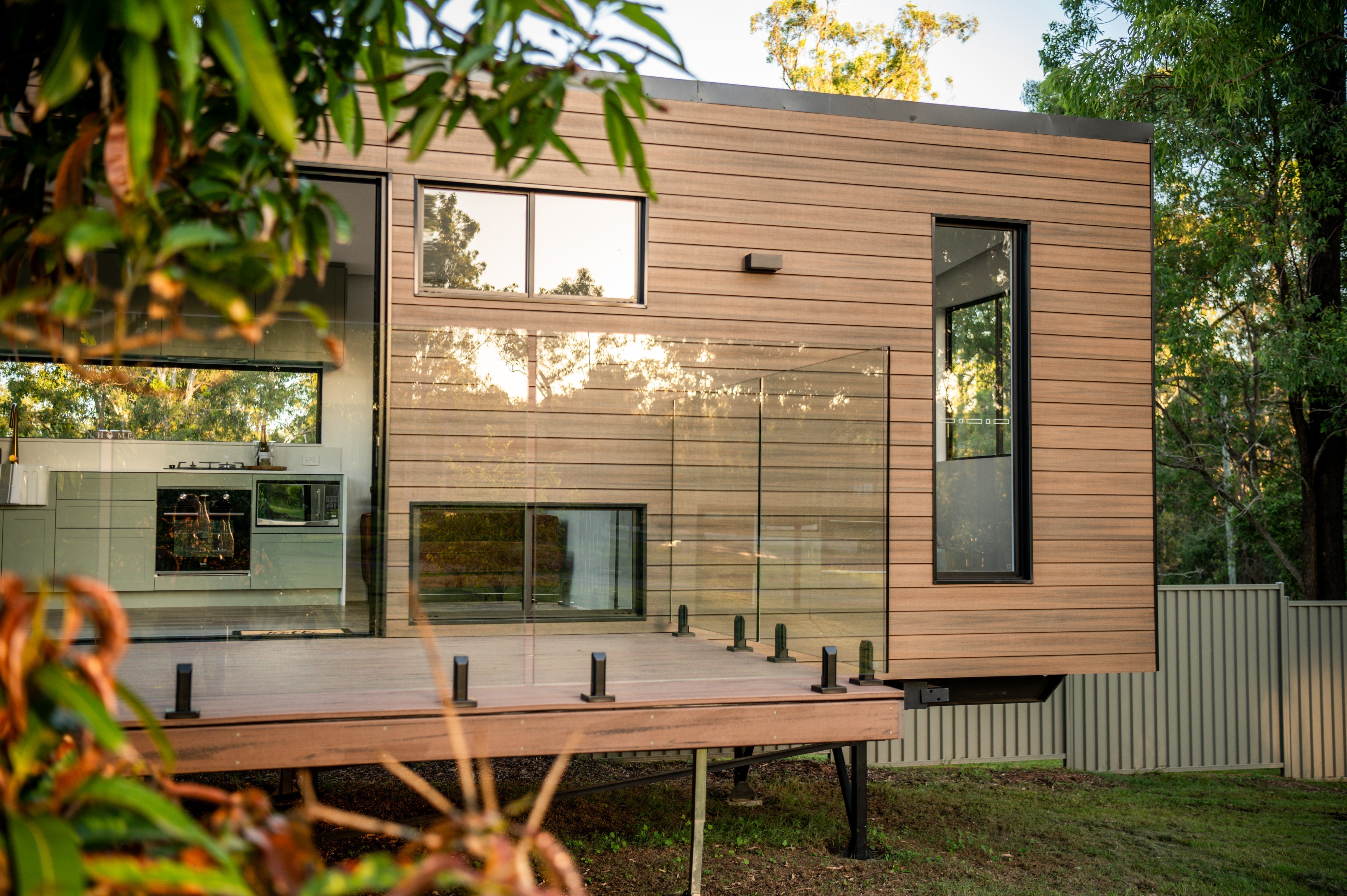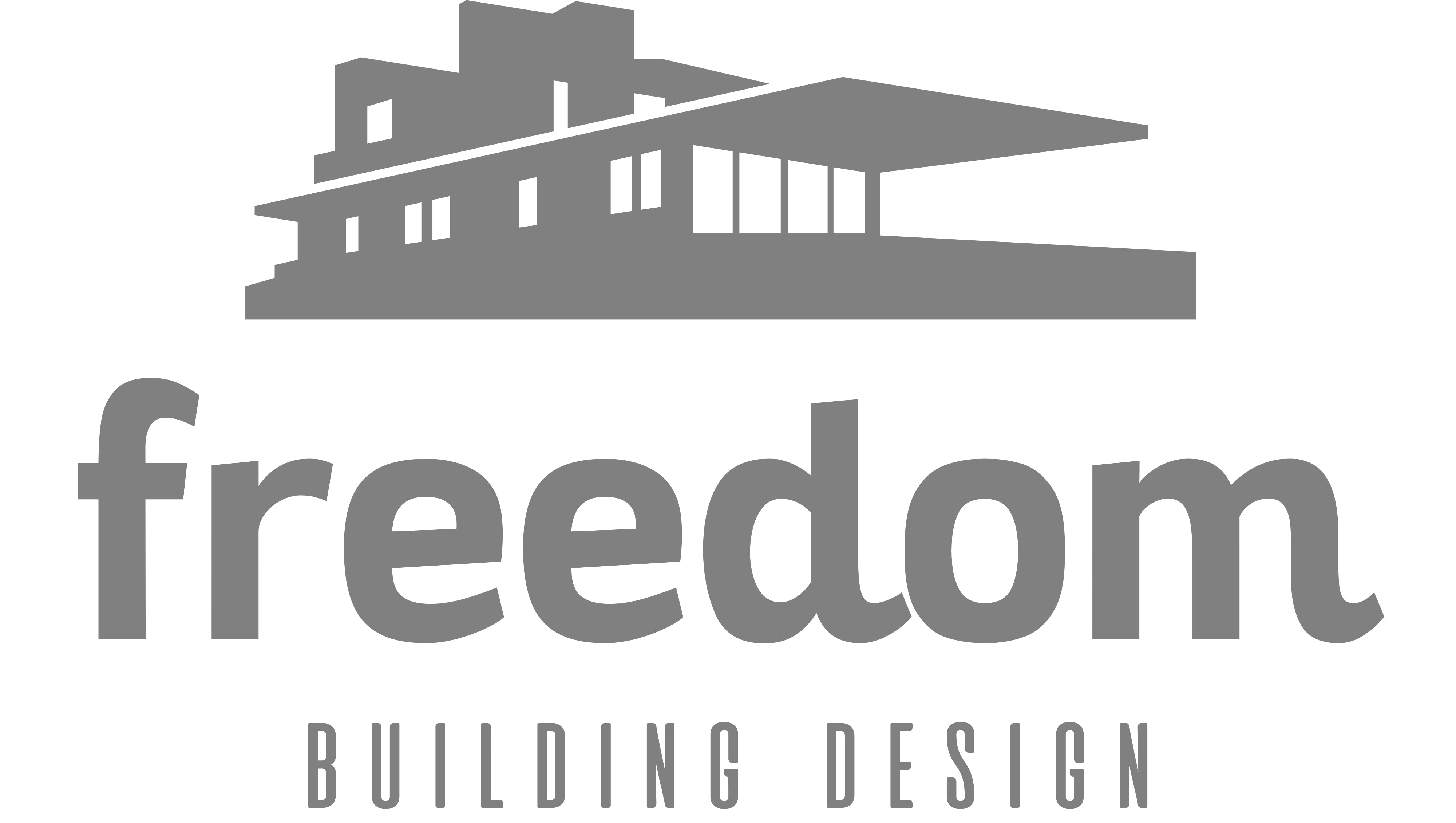
Modular Homes vs Traditional Homes:Which is Right for You?
As the housing market in Australia continues to evolve, families and investors alike are exploring alternative building methods that balance affordability, efficiency, and quality. One of the biggest debates today is whether to invest in modular homes or stick with traditional homes. Both options have unique advantages, but your choice ultimately depends on lifestyle, budget, and long-term goals. At Bayleaf Modular Solutions, we specialise in delivering customised modular housing that suits the diverse needs of Australian families.
In this blog, we’ll explore the differences between modular homes and traditional homes, compare their benefits, and help you determine which is the right fit for you.
Understanding Modular Homes in Australia
What is a Modular Home?
A modular home is a house built off-site in sections, or “modules,” within a controlled factory environment. These modules are then transported to the site and assembled on a permanent foundation. Unlike mobile homes, modular properties are designed to meet the same building codes and regulations as conventional housing.
In Australia, modular housing has become increasingly popular due to its speed of construction, cost efficiency, and sustainable design potential.
Growth of Modular Homes in Australia
According to the Housing Industry Association, the modular and prefabricated building sector is growing steadily, with more Australians seeking faster, eco-friendly housing solutions. Rising construction costs and labour shortages have pushed many homeowners to consider prefabricated homes as a viable alternative to traditional brick-and-mortar houses.
If you are exploring modular home builders in Australia, you’ll find that the industry is expanding with innovative designs, energy-efficient options, and flexibility in floor plans.
What Defines a Traditional Home?
The Conventional Construction Process
Traditional homes, often referred to as “stick-built” houses, are constructed entirely on-site. Builders lay the foundation, then assemble the walls, roof, and interiors step by step. The process can take months or even years, depending on the size, complexity, and weather conditions.
Popularity of Traditional Homes in Australia
For decades, Australians have embraced traditional homes as the standard housing option. The familiarity of the construction process, design variety, and the perception of greater durability have contributed to their long-standing popularity.
Key Differences Between Modular Homes and Traditional Homes
1. Construction Time
One of the most notable differences lies in construction speed.
-
Modular homes can be completed in 12–16 weeks, as modules are built simultaneously in factories and unaffected by weather.
-
Traditional homes typically take 6–12 months or longer, especially when delays from weather or labour shortages occur.
For families seeking a quicker move-in timeline, modular options often prove more convenient.
2. Cost and Affordability
Modular homes are generally more affordable because manufacturers purchase materials in bulk and reduce labour costs through factory assembly. The controlled environment minimises waste and delays.
On the other hand, traditional homes involve more variables that drive up costs, such as extended labour hours, material wastage, and weather-related delays.
For those researching affordable housing in Australia, modular construction has become an attractive solution.
3. Customisation and Design
A common misconception is that modular homes lack design flexibility. In reality, modern modular builders offer a wide range of floor plans, finishes, and architectural styles. Many companies provide custom modular home designs tailored to suit the Australian lifestyle.
Traditional homes, however, still allow for more granular customisation since everything is built on-site. If you’re planning a highly intricate architectural design, traditional methods might still offer more flexibility.
4. Quality and Durability
Both modular and traditional homes must comply with Australian Building Codes. Modular homes are built under strict quality controls, often exceeding standards because of the precision involved in factory construction. Once installed, they are as sturdy as traditionally built houses.
Traditional homes also hold a reputation for durability, particularly brick houses that can last for generations. The key difference lies in the efficiency of the build process rather than the long-term quality.
5. Sustainability
Environmental sustainability is an important consideration for modern homeowners. Modular construction often produces less waste, consumes fewer resources, and enables better energy efficiency. Many eco-friendly homes in Australia are now built using modular techniques with solar integration and sustainable materials.
Traditional homes can also be built sustainably, but it requires conscious planning and additional costs.
6. Resale Value
Resale value depends on market demand, quality, and location. While traditional homes generally have an established track record in the Australian property market, modular homes are quickly catching up. As awareness grows, buyers are increasingly recognising modular properties as long-term investments.
Advantages of Modular Homes in Australia
Faster Project Delivery
For Australians looking to relocate quickly or minimise rental expenses during construction, modular homes deliver significant advantages in reduced timelines.
Cost Efficiency
From reduced labour to minimal material wastage, modular construction is designed for affordability. Those comparing home building costs in Australia will find modular options often 10–20% cheaper than traditional builds.
Sustainable Living
With growing demand for sustainable housing, modular homes offer eco-conscious Australians the chance to live in energy-efficient and environmentally friendly dwellings.
Advantages of Traditional Homes
Long-Term Market Trust
Traditional construction remains the benchmark in the Australian housing market. Buyers and investors often view traditional homes as more familiar and reliable, especially when it comes to resale value.
Higher Design Flexibility
Complex or highly customised architectural projects are often easier to achieve with traditional construction methods, where every stage can be tailored on-site.
Which Option is Better for Australians?
The decision between modular and traditional homes depends on your priorities.
-
If you value speed, affordability, and sustainability, modular homes may be the right choice.
-
If your focus is extensive customisation and market familiarity, traditional construction might suit you better.
Ultimately, both housing types are built to high Australian standards and can serve as long-term investments.
Modular Homes vs Traditional Homes: A Side-by-Side Comparison
Factor |
Modular Homes |
Traditional Homes |
Resale Value |
Time 12–16 weeks |
6–12 months or more |
Cost |
Generally lower (bulk materials, factory build) |
Higher (labour and site costs) |
Design |
Flexible, modern, customisable |
Highly customisable, extensive options |
Quality |
Factory-controlled, precise |
Variable based on builder and conditions |
Sustainability |
Eco-friendly, minimal waste |
Depends on chosen materials and methods |
Resale Value |
Growing market acceptance |
Strong, established track record |
Common Myths About Modular Homes
Myth 1: Modular Homes Are Low Quality
This myth stems from confusion with mobile homes. In reality, modular homes in Australia are built to strict codes and often exceed traditional standards.
Myth 2: Modular Homes All Look the Same
Today’s modular designs offer variety in finishes, facades, and layouts. Many modern modular homes are indistinguishable from traditional properties.
Myth 3: Modular Homes Don’t Appreciate in Value
As the market shifts, well-located modular homes are appreciating similarly to traditional properties.
Case Example: Modular Homes in Urban vs Regional Australia
In urban areas like Sydney and Melbourne, where construction costs are high, modular builds offer cost-effective solutions for families. Meanwhile, in regional parts of Australia, modular homes are increasingly used for housing developments and community projects because of their efficiency and transportability.
This dual relevance demonstrates why modular construction is becoming a mainstream alternative across the country.
Final Thoughts: Choosing the Right Home for Your Lifestyle
The decision between modular and traditional homes is not about which is “better” overall, but which is better for your unique circumstances. If you want a quick, cost-effective, and sustainable home, modular construction is worth exploring. If you prefer a more traditional path with extensive customisation and established resale value, a conventional build may be right for you.
At Bayleaf Modular Solutions, we help Australians discover the benefits of modular living through tailored designs and expert craftsmanship. Whether you’re considering a family home, investment property, or eco-friendly build, we provide solutions that align with your goals.
Ready to explore the future of housing in Australia? Discover how modular homes can transform your lifestyle. Visit Bayleaf Modular Solutions today and take the first step towards a smarter, faster, and more sustainable home.









